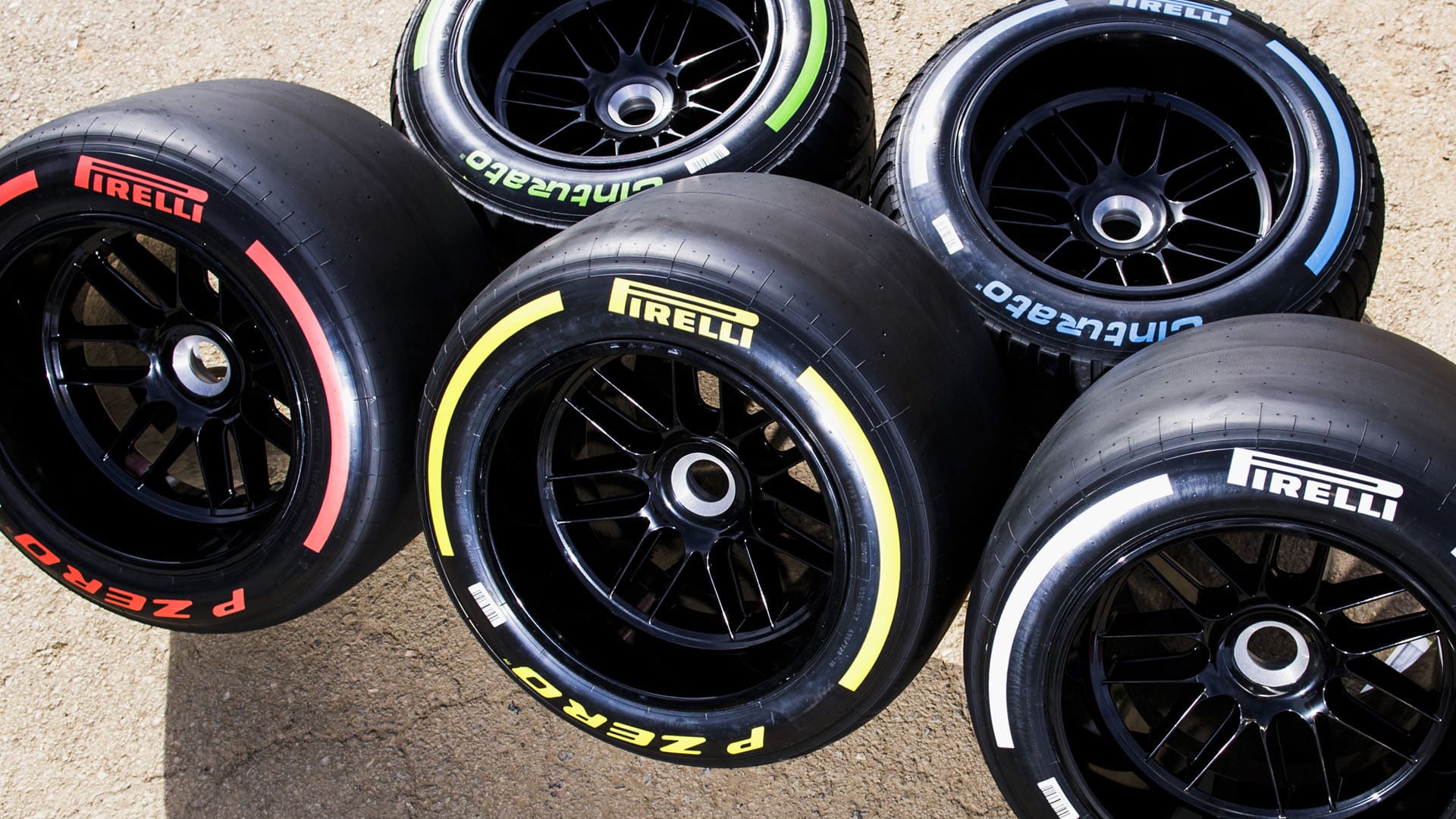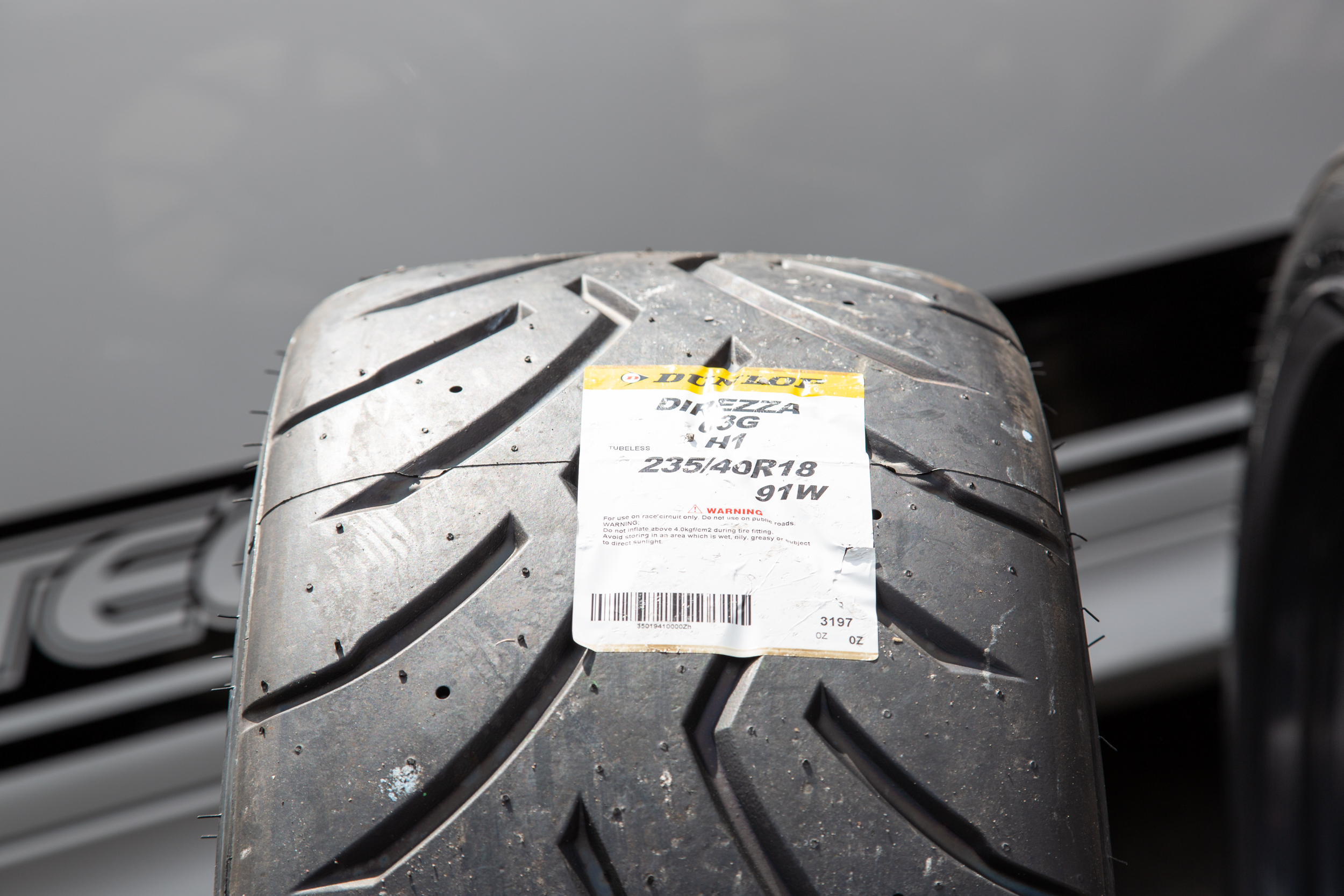All Categories
Featured
Table of Contents
I had the ability to obtain 100 hours out of among these tires, and while it had absolutely no tire lugs left on it, the soft compound made it function really wellas long as I was utilizing a soft mousse. Kitt Stringer picture Easy mounting - 3Wear - 3Sidewall stamina - 3Performance on roots - 4Performance on damp rocks - 2Traction on dust - 5Cornering capacity - 4Traction while stopping - 4Self-clearing of dirt and mud - 3Performance in mud - 3Overall predictability or tracking - 3 _ 37 Conclusion: This is a good all-around tire with excellent worth for money.

The wear was constant and I such as the length of time it lasted and how regular the feel was during usage. This would additionally be an excellent tire for faster races as the lug size and spacing bit in well on fast surface. Kitt Stringer image Easy installing - 3Wear - 3Sidewall toughness - 3Performance on roots - 4Performance on wet rocks - 4Traction on dirt - 4Cornering capacity - 4Traction while braking - 5Self-clearing of dust and mud - 4Performance in mud - 4Overall predictability or monitoring - 4_42 Conclusion: I liked this tire a whole lot.
If I had to acquire a tire for hard enduro, this would certainly be in my top choice. Easy mounting - 3Wear - 3Sidewall strength - 3Performance on origins - 4Performance on damp rocks - 3Traction on dirt - 4Cornering ability - 3Traction while braking - 3Self-clearing of dust and mud - 4Performance in mud - 4Overall predictability or tracking - 3 _ 34 Conclusion: This tire was really soft and flexible.
All the gummy tires I tested executed fairly close for the very first 10 hours or so, with the victors mosting likely to the softer tires that had better grip on rocks (Tyre upgrades). Purchasing a gummy tire will absolutely offer you a strong advantage over a routine soft substance tire, however you do pay for that advantage with quicker wear
Top Premium Tyre Selection Near Me
Best worth for the rider that desires suitable performance while obtaining a fair amount of life. Best hook-up in the dust. This is an ideal tire for spring and autumn problems where the dirt is soft with some wetness still in it. These proven race tires are wonderful all over, but wear quickly.
My general winner for a difficult enduro tire. If I needed to invest money on a tire for everyday training and riding, I would pick this set.
Tyre Performance Near Me – Wanneroo
I've been running a set of Michelin Power Pilot 2CT's on my track Daytona 675 for the past year. In that time I have done 15 track days in all weather conditions from chilly wet to super hot and these tires have actually never missed out on a beat. Discount car tyres. I've done virtually 2,000 miles (3,200 km) on them and as you can see from this shot of the front taken after initial session of my 15th track day on them, they still have rather a great deal of rubber left on them
Basically the 2CT is an amazing track day tire. If you're the kind of rider that is likely to come across both damp and dry conditions and is beginning out on track days as I was in 2015, after that I assume you'll be tough pressed to find a far better value for cash and competent tire than the 2CT; a pair of which will set you back around 185 (US$ 300) in the UK.
Generating a far better all rounded road/track tyre than the 2CT need to have been a tough task for Michelin. The result of that effort is the Michelin Pilot Power 3 which basically changes the Pure. Don't puzzle this brand-new tyre with the road going Pilot Roadway 3 which is not made for track use (although some riders do).
When the Pilot Power 3 released, Michelin recommended it as a 50:50% roadway: track tire. All the motorcyclist reports that I've checked out for the tyre price it as a much better tyre than the 2CT in all locations yet particularly in the damp.
Leading Discount Tyres Near Me – Marangaroo WA
Technically there are several differences in between the two tires despite the fact that both use a double compound. Visually you can see that the 2CT has fewer grooves cut into the tire but that the grooves go to the edge of the tire. The Pilot Power 3 has even more grooves for better water dispersal however these grooves do not reach the shoulder of the tyre.
One element of the Pilot Power 3 which is different to the 2CT is the brand-new 2CT+ innovation which prolongs the harder middle area under the softer shoulders (on the back tire). This must offer much more stability and reduce any type of "wriggle" when increasing out of edges in spite of the lighter weight and more adaptable nature of this brand-new tyre.

Although I was slightly dubious regarding these lower pressures, it turned out that they were fine and the tyres done actually well on the right track, and the rubber looked better for it at the end of the day. Equally as a point of referral, other (fast group) motorcyclists running Metzeler Racetecs were utilizing tyre stress around 22-24 psi for the rear and 24-27 psi on the front.
Generating a much better all round road/track tire than the 2CT need to have been a tough job for Michelin. The result of that initiative is the Michelin Pilot Power 3 which essentially changes the Pure. Don't confuse this new tyre with the road going Pilot Roadway 3 which is not designed for track use (although some riders do).
Affordable Car Tyre Fitting Near Me
They motivate massive confidence and offer amazing grasp degrees in either the damp or the completely dry. When the Pilot Power 3 launched, Michelin advised it as a 50:50% roadway: track tire. That message has lately altered since the tires are now suggested as 85:15% road: track use rather. All the biker reports that I have actually reviewed for the tyre rate it as a much better tire than the 2CT in all areas but specifically in the wet.

Technically there are rather a couple of differences between both tyres also though both use a twin compound. Visually you can see that the 2CT has fewer grooves cut right into the tyre however that the grooves run to the side of the tire. The Pilot Power 3 has more grooves for far better water dispersal but these grooves don't reach the shoulder of the tyre.
One element of the Pilot Power 3 which is various to the 2CT is the brand-new 2CT+ modern technology which prolongs the harder center section under the softer shoulders (on the rear tyre). This need to offer extra security and decrease any type of "agonize" when increasing out of edges in spite of the lighter weight and more versatile nature of this brand-new tyre.
Although I was a little dubious concerning these reduced pressures, it transformed out that they were fine and the tires executed actually well on track, and the rubber looked much better for it at the end of the day. Just as a factor of reference, other (fast group) bikers running Metzeler Racetecs were utilizing tire stress around 22-24 psi for the rear and 24-27 psi on the front
Latest Posts
Best Cost-effective Car Tyres (Eden Hill WA)
Top Tyre Maintenance – Swan
Affordable Cheap Tyres – Girrawheen WA